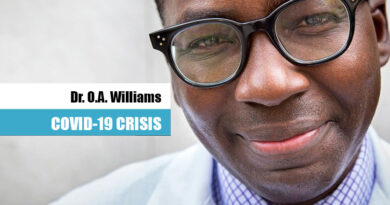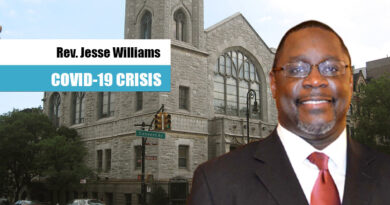4 Mask Facts That Keep You Safe
You’ve heard it over and over throughout this pandemic: One of the easiest and most effective ways to limit the spread of COVID-19 is by wearing face masks. That’s true whether you’re at the pharmacy or seeing family and friends who live outside your immediate household.
So why are myths about masks still so prevalent? Experts say our growing knowledge about coronavirus may be the culprit. As we learn more about the virus and how it is spread, recommendations from epidemiologists changed. That may be the reason there’s distrust in the science.
To help put face mask myths to rest, read up on these four facts:
- Masks protect both the wearer and the people around them. The No. 1 goal of masks is to contain people’s germs and prevent them from spreading to others. A recent study found droplets from an unmasked individual can travel about eight feet. If you are wearing a mask, droplets travel less than one foot. There are also benefits to individuals wearing masks. A mask keeps your mouth and nose covered, two of the primary ways infected droplets can enter your body.
- Masks with exhalation valves don’t limit the spread of COVID-19. Exhalation valves allow droplets to be expelled into the air around you, putting others at risk.
- Wearing a mask for a long period of time doesn’t lead to a build-up of carbon dioxide. How do we know this? For starters, carbon dioxide particles are smaller than viruses and can pass through masks. Think about health care workers. For decades, they have been wearing masks for prolonged periods of time—many hours for long surgeries—without incident.
- Even if you wear a mask, you still need to practice social distancing. The two things together are the most effective combination in limiting the spread of COVID-19. Yes, wearing a mask limits droplet spread, but it doesn’t eliminate it completely. Additionally, scientific data and recommendations assume masks are being worn properly by everyone. We’ve all seen people who don’t wear their mask correctly, such as covering their mouth but not their nose or pulling down their mask to talk. Keeping yourself masked and practicing social distancing offers the most protection.


